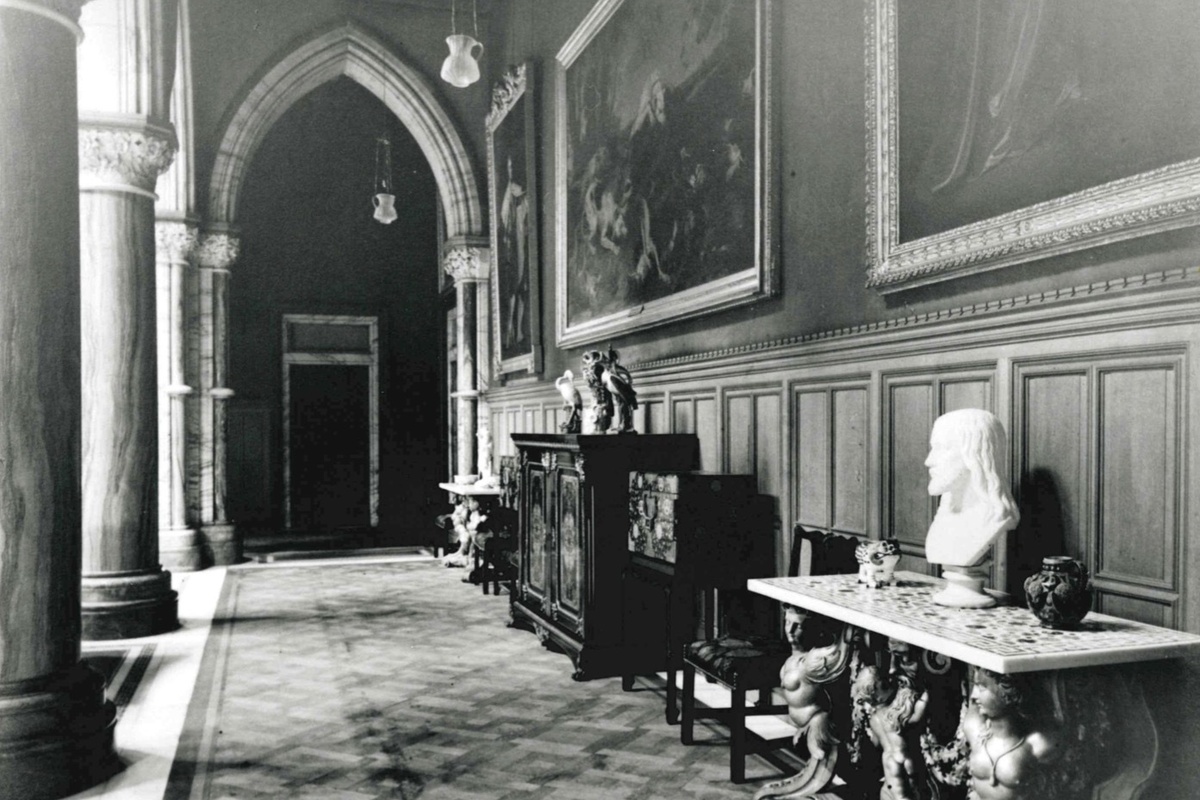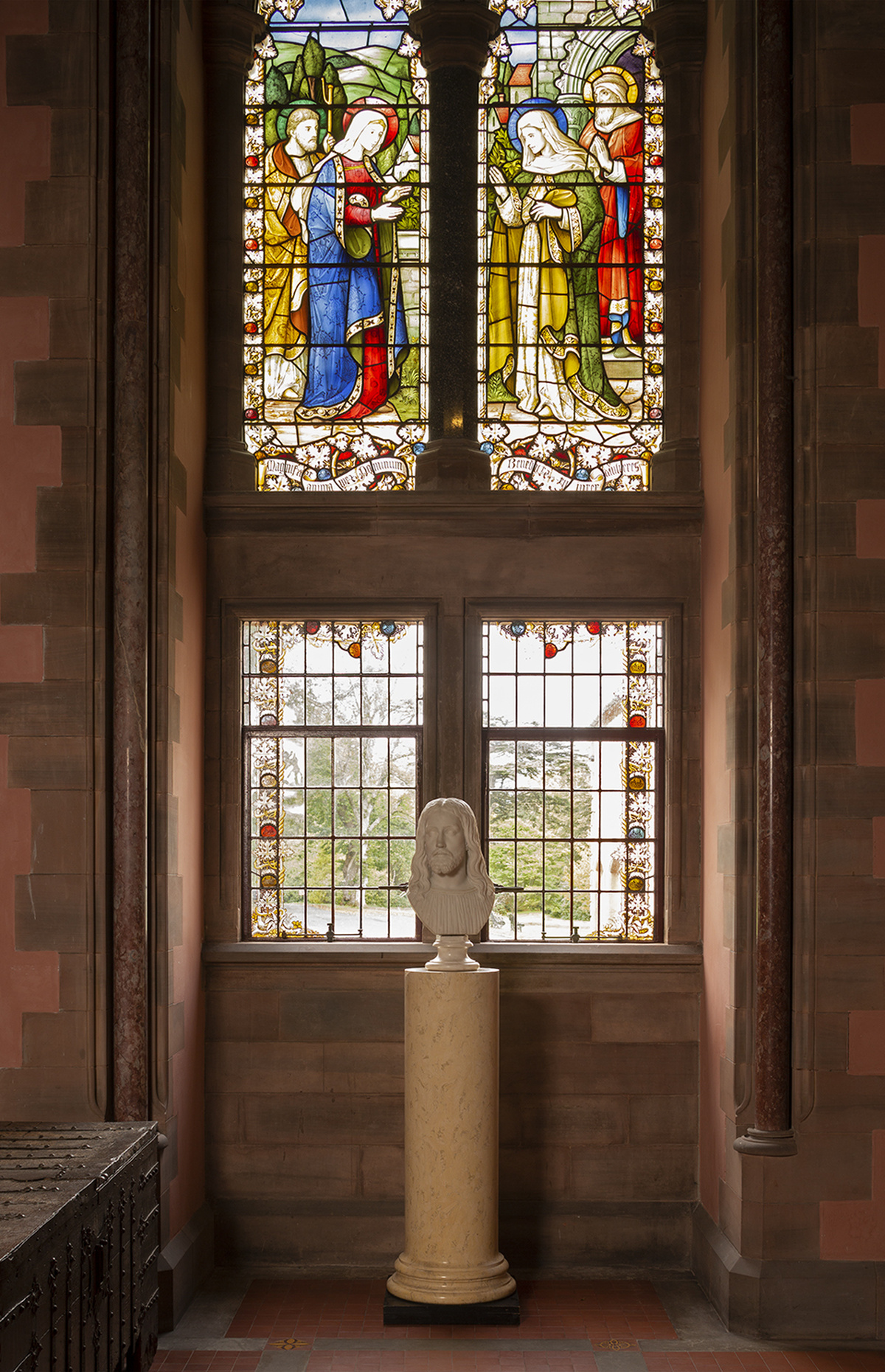Edmonia Lewis
Edmonia Lewis was, in the 19th Century, the first black and indigenous sculptor to be recognised by the mainstream American and International artistic community. She spent most of her career in Rome standing out due to her defiant use of black and Native American subjects in her neoclassical sculpture.

Lewis grew up in New Jersey although she often presented her upbringing as more rural and rustic than it really was, playing the part of the ‘noble savage’ if it would help further her career or education. Her brother Samuel had made his money during the California Gold Rush and, in 1895, was able to secure Edmonia an education at the Oberlin Academy Preparatory School in Ohio, one of the first educational institutions in America to admit women and people of colour. Her time at college was plagued by isolation, prejudice and accusations and she ultimately left without graduating.
Relocating to Boston in 1864 Lewis was introduced to sculptor Edward Augustus Brackett who agreed to instruct her. There was a significant amount of interest that followed Lewis in Boston, particularly among the abolitionist press, who saw her as a means to further their support of human rights. Nevertheless, she was soon able to earn enough money from her work as a sculptor to visit Italy and in Rome she quickly established herself in a circle of expatriate artists. Her 1865 passport reads ‘M. Edmonia Lewis is a black girl sent by subscription to Italy having displayed great talents as a sculptor’.
Lewis’ methods, as well as the subjects of her work, were unusual for the time, focusing on naturalism in her neoclassical sculptures of black and Native American figures. She often had to restrain her stylistic choices to avoid the assumption, from her largely white audience, that her work was self-portraiture. Edmonia also preferred to enlarge her clay or wax models in marble herself rather than hiring Italian sculptors, as most artists at this time would have done, personally taking her work from conception to completion.
Establishing herself in Rome had left Edmonia with significant debts; although her studio became a destination for tourists she often made works without commission, sending them to her patrons in Boston with requests for funds or presenting works to those in her circle of artists, intellectuals and abolitionists. However, her reputation had spread and in 1868 John Patrick Crichton Stuart, the 3rd Marquess of Bute was able to settle all her debts with a single purchase. Whether the young Marquess and the artist ever met in person has not yet been confirmed, although Edmonia often mentioned his patronage:
“Why, I am invited everywhere, and am treated just as nicely as if the bluest of blue blood flowed through my veins. I number among my patrons the Marquis [sic] of Bute, Lady Ashburton and other members of the nobility.”
The 3rd Marquess made several purchases and commissions from Edmonia Lewis during his time as her patron, including his first purchase of an altarpiece of the Madonna for $3,000, although this work is now lost. He bought the bust of Christ, still in the Bute Collection, in 1870.
Until the summer of 2021, the Bust of Christ was kept in safe storage at Mount Stuart for 110 years. The last time the bust was on display was in the early 20th century, as indicated by a photo in the Bute Archive, which shows the Bust of Christ sculpture on display in the Marble Hall at Mount Stuart. It was taken during the lifetime of the 4th Marquess and Marchioness of Bute, when Mount Stuart was a private family home. By 1910, the bust had been moved off display - a 1910 inventory of Mount Stuart states that the Bust of Christ resided in one of the ‘Lumber Rooms’.

By the mid-1870s, with her debts settled, Edmonia could set her sights on bigger and better things and the height of her fame and popularity can be marked by two events. In 1876 she was part of the Centennial Exposition in Philadelphia; the first official World’s Fair in America. Her piece, The Death of Cleopatra, was 3051 pounds of marble frankly portraying the death throes of the Egyptian queen. J.S. Ingram wrote that ‘…[it] was the most remarkable piece of sculpture in the American Section.’ The following year, in 1877, the former president Ulysses S. Grant commissioned Edmonia to sculpt his portrait, personally sitting for the artist, a testament to her reputation.
Interest in neoclassical sculpture began to wane and by the late 1880s Edmonia focused her work on creating altarpieces and other sculptures for her Roman Catholic patrons. In 1901 she moved to London and the details of the end of her life are not clear but her significance as a Black, Native American woman, recognised by the prevailing white, male artistic establishment of the time cannot be overstated.
Edmonia Lewis’ Bust of Christ will be put on permanent display in the Entrance Hall at Mount Stuart from October 2021. This new home for the work was chosen for several important reasons. Firstly, the sculpture sits in front of a stained-glass window by Nathaniel Westlake depicting The Visitation, in which the Virgin Mary, who was pregnant with Jesus meets her cousin Saint Elizabeth, who is pregnant with Saint John the Baptist, as recorded in the Gospel of Luke 1:39-56. The episode is one of the standard scenes shown in cycles of the Life of the Virgin in art, and sometimes in larger cycles of the Life of Christ in art and a point that would certainly not have been lost on either Edmonia Lewis or the 3rd Marquess of Bute as converts to Roman Catholicism. Secondly, the Bust of Christ will be overlooked by a portrait of John Patrick Crichton-Stuart, the 3rd Marquess of Bute by Sir James Gunn (1936, posthumous portrait), which allows for Lewis and her patron to be connected within the space.

